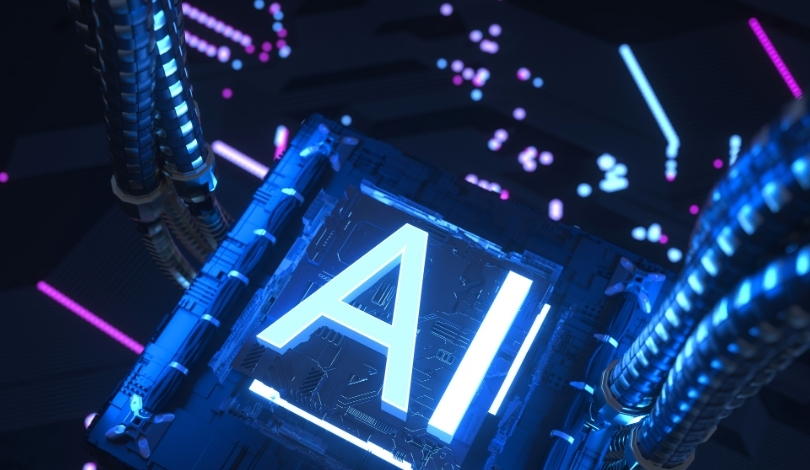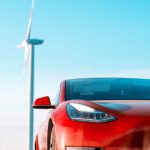Nextracker has intensified its technology focus by channeling significant resources into artificial intelligence and robotics, aiming to streamline its global solar power operations. In recent months, the company invested over $40 million to secure three pivotal technologies, broadening its portfolio with autonomous inspection, advanced mapping, and water-free cleaning systems for solar sites. These moves occur as demand grows for energy solutions that maximize reliability and efficiency, prompting Nextracker to integrate increasingly sophisticated digital tools into its offerings. The strategic appointments and acquisitions reflect both a response to industry needs and a proactive push to maintain operational competitiveness across their network. Market observers note the scale and timing of these acquisitions coincide with mounting global pressure to optimize renewable energy assets, suggesting the company is aligning its priorities accordingly.
Why did Nextracker acquire new technologies?
Through its recent purchases—OnSight Technology, SenseHawk IP, and Amir Robotics—Nextracker looks to strengthen its digital platform and provide added value for solar asset owners. These acquisitions introduce enhanced inspection, site mapping, and autonomous cleaning into the company’s product suite. By embedding AI and robotics deeper into its operations, Nextracker aims to not only streamline solar deployment but also boost long-term investment returns for clients.
How is leadership evolving at Nextracker?
To lead this expanded focus, the company has created the new role of chief AI and robotics officer, appointing Dr. Francesco Borrelli. Dr. Borrelli has spent decades developing predictive control systems and autonomous technology solutions across sectors. In his comments, Dr. Borrelli explained,
“Scaling solar to meet global energy demand requires a new level of autonomy in how we build and operate power plants.”
As chief AI and robotics officer, he is responsible for integrating advanced analytics, artificial intelligence, and robotics across Nextracker’s global portfolio.
What advantages will OnSight, SenseHawk, and Amir bring?
With OnSight’s autonomous inspection system already commercially available in the U.S., and global rollout scheduled for next year, Nextracker’s platform now supports predictive maintenance and fire detection at scale. The acquisition of SenseHawk IP gives Nextracker the ability to create detailed 3D maps via drone and artificial intelligence, supplementing site commissioning and integration with the company’s optimization software. Amir Robotics’ water-free cleaners are currently undergoing trials at solar sites, designed to reduce yield loss from dust and debris—essential for operational efficiency in large deployments. Derek Chase, CEO of OnSight, commented,
“Together with Nextracker, we can deliver smarter diagnostics at scale to improve response time, reduce risk, and strengthen ROI.”
Recent industry coverage about Nextracker focused mostly on its digital pivot, emphasizing optimization software and analytics tools, but details on substantial robotics investments were limited until now. Earlier announcements featured TrueCapture and motor-control innovations, whereas the latest developments introduce a broader suite of AI-driven field robotics. Unlike earlier strategies centered on monitoring, the present approach expands into direct site intervention and automation, marking a shift from purely data-driven insights to measurable improvements in maintenance and operational routines.
As solar sites increase in scale and complexity, practical integration of robotics and AI is becoming vital for operational success. Companies considering automation in renewable energy can monitor Nextracker’s experience for both opportunities and challenges. The transition from data modeling to autonomous action highlights the current phase in solar technology, where on-site robotics address persistent issues like equipment reliability and cleaning efficiency. Asset owners and solar farm developers may benefit from the faster diagnostics and risk reduction these solutions promise, but routine monitoring of outcomes remains crucial. The interplay of data analytics and robotics in power infrastructure may set new benchmarks for reliability and site management in the years ahead.










